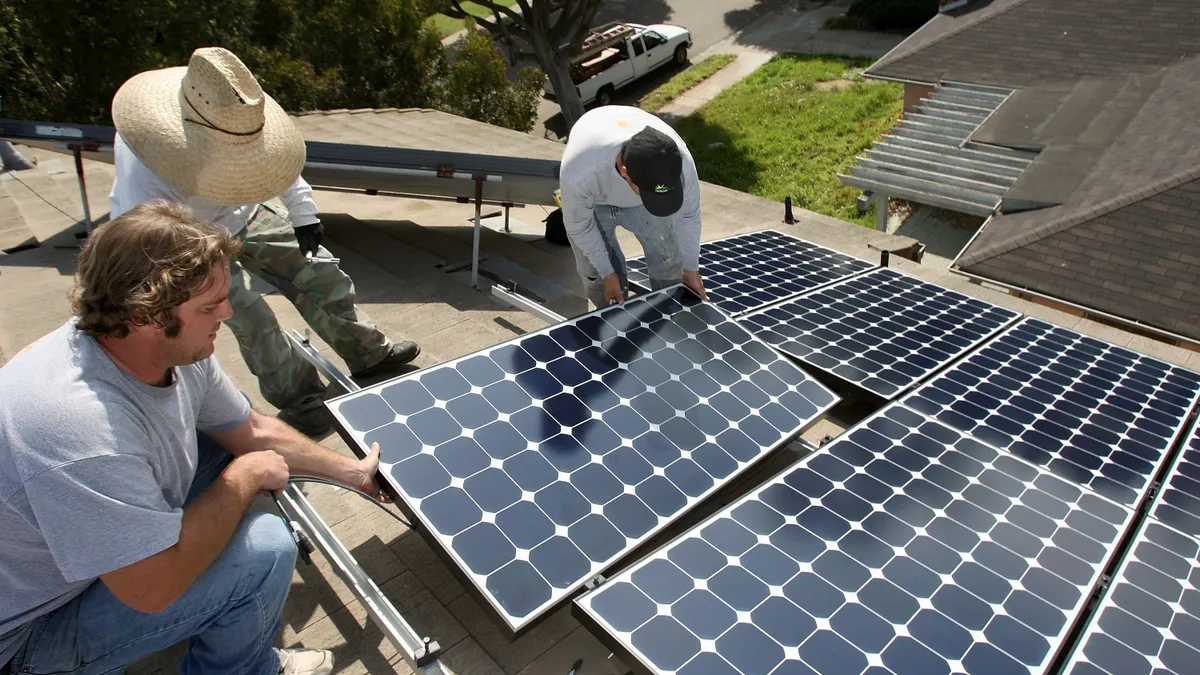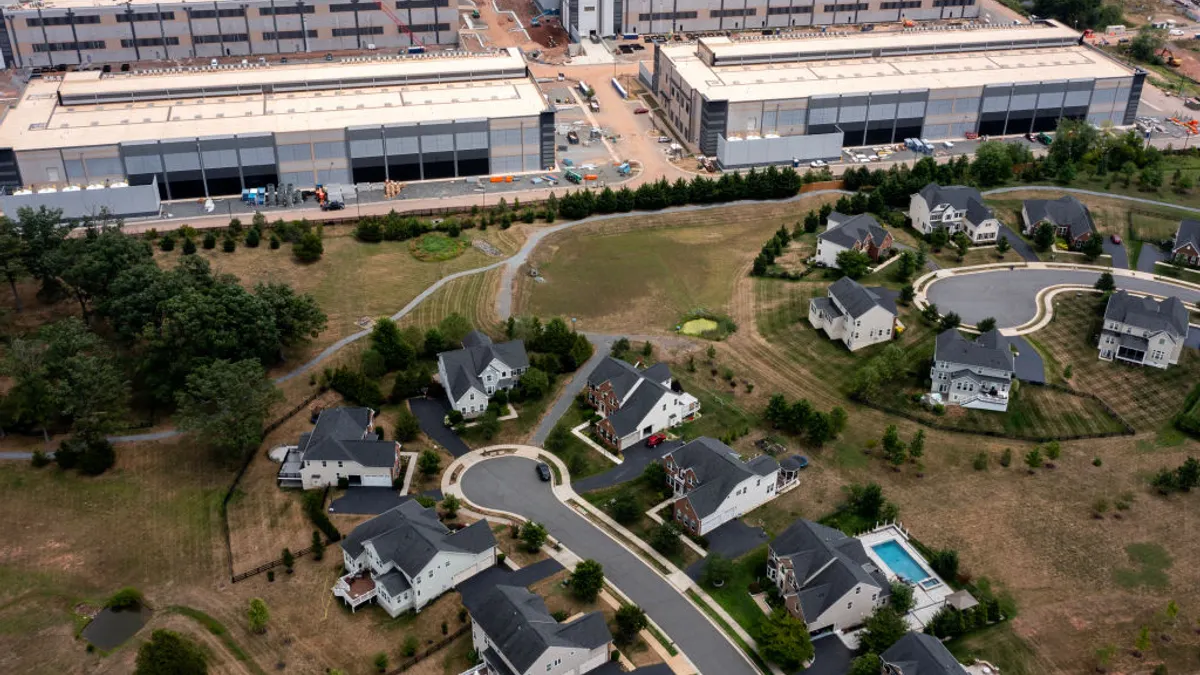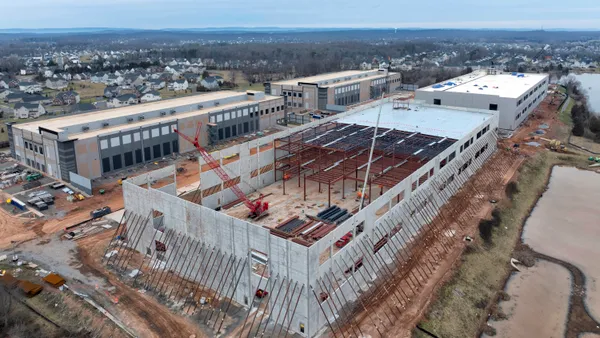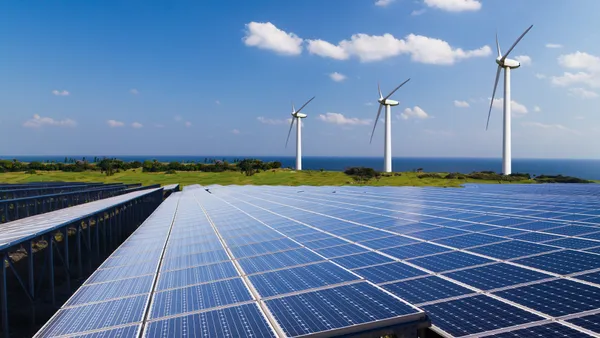Dive Brief:
- Better transmission infrastructure will be key to expanding the role of energy storage assets and distributed resources on the electricity grid, experts from the clean energy industry and regulatory community said on a panel Wednesday.
- Speaking at the American Council on Renewable Energy Grid Forum, Renuka Chatterjee, executive director of systems operations for the Midcontinent Independent System Operator (MISO) said the grid operator is still working out the "right mechanisms" to handle new resources. She emphasized that flexibility will be important in the early stages of development, adding "we need some rules but maybe we don’t need to figure out everything now."
- Jamie Link, director of innovation and technology commercialization for EDF Renewables North America, said a transmission buildout is "just critical" to make sure DERs and storage can be "economic and add value to the grid."
Dive Insight:
The Federal Energy Regulatory Commission (FERC) has worked to ease the pathway for distributed energy resources (DERs) and storage. FERC’s Order 841 in 2018 instructed transmission grid operators to facilitate energy storage in the wholesale market, while Order 2222 in 2020 opened wholesale markets to aggregated DERs. Regional transmission organizations and independent system operators have at times struggled to follow those orders and bring the new systems into the existing grid.
MISO, for example, had requested an extension for compliance with Order 841 from 2022 to 2025, saying it needed additional time to develop a market software platform and ensure reliability. FERC denied that request in May.
Amid growing interest in a decentralized grid — rife with solar generation, demand response technology and industrial-scale storage — there have been concerns of future reliability challenges if the resources are not given enough flexibility to operate. The North American Electric Reliability Corporation has warned that as penetrations increase, the reliability questions "require attention."
Suzanne Leta, head of policy and strategy for solar developer SunPower, said that means not just grid operators, but utility commissions also need to be involved to properly value distributed resources. Commissions, who she said may not be familiar "with a mix of distributed resources and thinking of them as assets," should "think about procurement differently" and lay the groundwork for future rules from grid operators.
"There’s still a lot of learning that needs to happen … it is more complicated," Leta said. "On the bright side, the technology is totally there."
MISO’s Chatterjee said the regulator, which operates across15 states, is working to model out several future scenarios of different penetrations of renewables and DERs with an eye towards bringing them into a better integrated system. Chatterjee acknowledged that transmission and the lengthy interconnection queue remains a challenge, but added that a more extensive review of new distributed projects will ensure reliability for all customers. MISO has previously warned of reliability risks as electrification and renewable energy proliferates, and Chatterjee said the winter storms in Texas show the importance of making sure all assets contribute to keeping the lights on.
"We have to make sure electricity is available at all times," she said. "If February 2021 were to repeat, we need to make sure we have the right resources in the right places in the right quantity."












